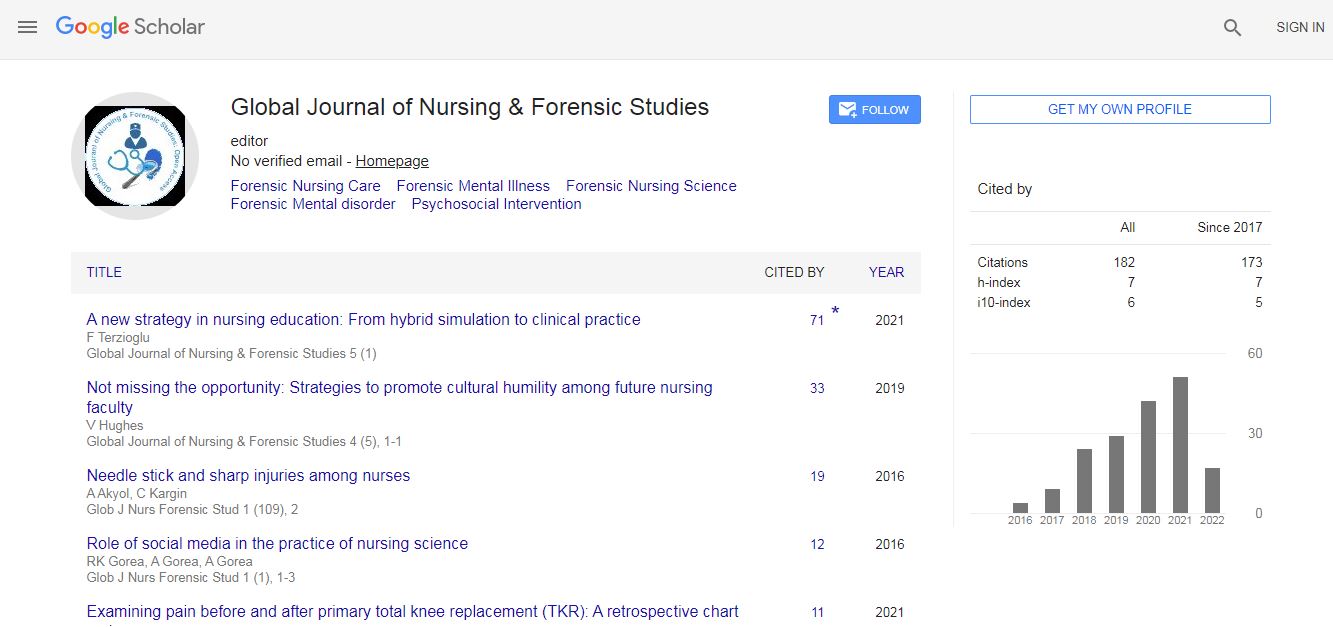Our Group organises 3000+ Global Conferenceseries Events every year across USA, Europe & Asia with support from 1000 more scientific Societies and Publishes 700+ Open Access Journals which contains over 50000 eminent personalities, reputed scientists as editorial board members.
Open Access Journals gaining more Readers and Citations
700 Journals and 15,000,000 Readers Each Journal is getting 25,000+ Readers
Google Scholar citation report
Citations : 82
Optometry: Open Access received 82 citations as per Google Scholar report
Indexed In
- Google Scholar
- RefSeek
- Hamdard University
- EBSCO A-Z
- Euro Pub
- ICMJE
Useful Links
Recommended Journals
Related Subjects
Share This Page
The application of phase-shifting technique in surface topographic measurement
World Congress and Expo on Optometry & Vision Science
Yuhe Li
Tsinghua University, China
Posters & Accepted Abstracts: Optom Open Access
Abstract
Statement of the Problem: Surface topographic measurement plays an increasingly significant role in optical measurement, such as automatic visual inspection, ultra-precision manufacturing and other fields. The latest hard drives and optical instruments require the chips with ultra-fine surfaces, as well as the corresponding detecting technique to carry out online measurement and monitor the relevant parameters. The phase-shifting interferometry is one of the most widely applied technique of which the principle is introducing time modulation into the phase difference of two beams of coherent light. By the photoelectric detector the phase can be demodulated from the interference pattern via considerable phase-unwrapping algorithms. However, the inevitable noise leads to the error and distortion of several points in the phase diagram. Methodology & Theoretical Orientation: We propose a K-means clustering unwrapping algorithm for the error reduction. Based on "bad points" to avoid the path integral, our algorithm can complete the three-dimensional morphology online. Compared with the traditional algorithms which might result in failure to unwrap when the reference points happen to be noise points, our algorithm is put forward to extract independent noise areas, such as faults, holes, etc. and can separate the effective phase information by using the clustering analysis. The detailed algorithm is as follows: (1) Giving pixel gray difference T of each cluster center, and then calculating the clustering parameter K based on the interference pattern; (2) Considering K and the gray values g of each pixel as variables and analyzing the pixel set G in clustering process; (3) Establish the original image index matrix, generating new clustering image by replacing the original pixel values with new clustering centroids and separating independent noise area according to the distance d and weight Ï�? and (4) Completing the unwrapping calculation. Conclusion & Significance: We build the surface topographic experiment system and the error has been successfully made less than 0.004 �?¼m. Therefore, the K-means clustering unwrapping algorithm, of which the result is compared to that of the calibration equipment, has been valid. Consequently, the relevant online measurement can be more accurate.Biography
Yuhe Li received his Ph.D. degree in 2001 from Tsinghua University, now he is associated professor in Tsinghua University. His main research interests include micro and Nano measurement and machine vision.
Email: liyuhe@mail.tsinghual.edu.cn

 Spanish
Spanish  Chinese
Chinese  Russian
Russian  German
German  French
French  Japanese
Japanese  Portuguese
Portuguese  Hindi
Hindi 